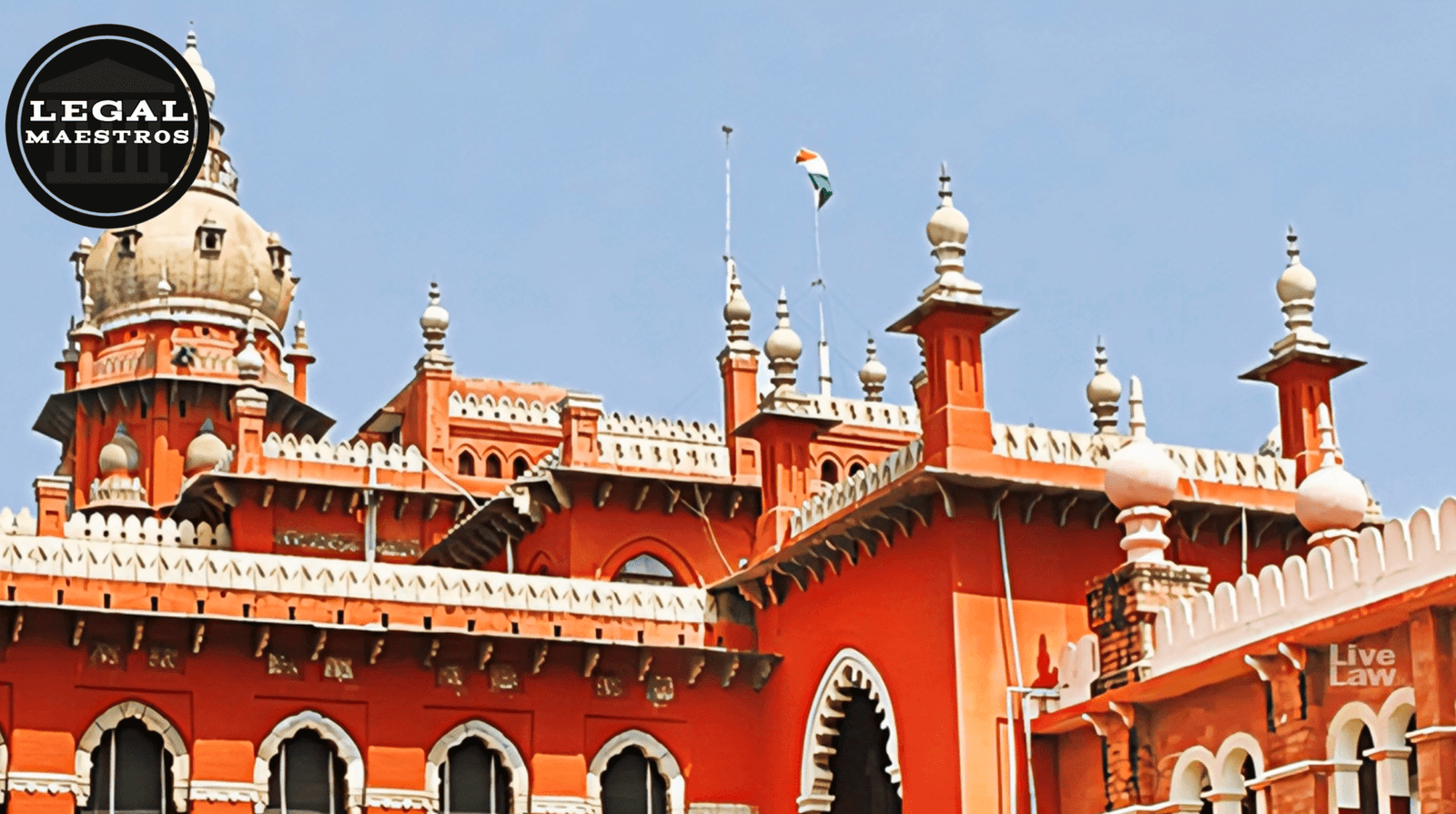
The Thiruparankundram Hill of Madurai, Tamil Nadu is a unique landmark in India which enshrines some of the most ancient examples of Hindu temples, mosques and Jain temples. The sacred land has, throughout the years, turned out to be the epicentre of different contentions relating to religious performance, land ownership and citizenship duties. In a typical judgment, promulgated by Hon Justice J Nisha Banu and Hon Justice S Srimathy of Madras High Court, an array of six writ petitions was considered carefully keeping in view to end these all-year-old controversies not destroy the sanctity of the hill and create a sense of comfort and a harmonious co-existence between followers of all faiths. Possibly based on the constitutional system and history of legal corroboration, the Supreme Court, which delivered the judgment on June 24, 2025, entails that the judiciary is involved in weighing the conflicting contributions in a multi-religious society.
History and context Background
The essence of the conflict centers on Thiruparankundram Hill that harbors the old Sri Arulmigu Subramaniya Swamy Temple which is the first Arupadai Veedu of Lord Muruga, a Kasi Viswanatha Temple and the Umai Andavar Cave Temple. Very important on the same hilltop is Sikkandar Badusha Dargah. Samanar culverts and caves are found on the hill which point towards the historic Jain presence. It is due to this shared religious environment that the hill has acquired different names like Skanda Malai, Sikkandar Malai, Samanar Kundru, Hindu, Muslim and the indigenous name of the place which is Thirupparangundram Malai.
The right and possession of the hill have been a bone of contention that has surrounded their court of law for a long time ago. A crucial civil case, O.S.No.4 of 1920, by the Arulmigu Subramaniya Swamy Temple against the State and the Sikkandar Badusha Avuliah Dargah was looking to be declared, injunction, and possession. The order of the Trial Court in 1923 substantially concluded that the temple enjoyed ownership of the whole hill with few exceptions i.e. the Nellitope, a new mantapam, a flight of steps and the very spot on the hill top where the mosque and the flagstaff now lie, to be owned by the Dargah. This decision was appealed but reversed by the Privy Council in 1931 when the approach held that the portion of the hill that was not occupied had been in possession of the temple since time immemorial. Later on, when efforts were being made to demarcate the boundary and stop unauthorized construction or operation, further legal actions, viz., O.S.No.111 of 1958, O.S.No.506 of 1975, etc. Followed, and a permanent injunction was passed to the effect in O.S.No.447 of 2004 restraining the Dargah not to erect constructions or do light work on the property of the temple or in the common flight of steps. Such judicial statements made in the past have categorized clearly the rights and duties and it was the same categorization that was greatly referred to by the High Court in the current set of petitions.
For any queries or to publish an article or post or advertisement on our platform, do call at +91 6377460764 or email us at contact@legalmaestros.com.
The Present Controversies
The writ petitions that are currently being covered bring forth a number of burning questions:
- Animal Sacrifice and Unauthorized Gathering Prohibition- Two petitions (W.P.(MD) Nos.2277 of 2025 and 15565 of 2023), were mainly seeking directions to prevent Sikkandar Badusha Dargah which was engaged in animal sacrifices on Thiruparankundram Hill and consumption of food prepared out of these sacrifices. It was also to stop illegal prayers or congregations in Nellithoppu and at the Temples of Arulmighu + Subramaniaswamy Thirukovil because the Dargah had made public announcements of a Samabandhi feast in which animals were to be sacrificed. Horror and mental unrest were observed by the petitioners when the Dargah started calling the hill by the name Sikkandar Malai.
- Civic facilities: Provision for civic facilities:
It was W.P.(MD) No.8523 of 2017 that dwelt on the absence of basic civic facilities, especially good roads, street lights, the supply of drinking water, and toilet facilities for the comfort of the public visiting the Dargah as well as the Temple.
- This is done through non-interference from the Dargah Administration:
The Senior Managing Trustee of the Hazarath Sulthan Sikkandar Badhusha and Avuliya Dargah and Mosque submitted W.P.(MD) No.23198 of 2023 in an effort to prevent police officials interfering with the day-to-day administration of the mosque and also against them being stopped in the course of conducting renovations/constructions on the hilltop.
For any queries or to publish an article or post or advertisement on our platform, do call at +91 6377460764 or email us at contact@legalmaestros.com.
- Geographical denomination of Samanar Kundru and Protection of Jain teaching:
W.P.(MD) No.3703 of 2025 was a public interest litigation filed and presented the request that the Thiruparanundram Hill be declared as the Jain hill or Samanar Kundru and should be reclaimed and preserved as a national monument, free of any activities that oppose the Jain principles.
- Restriction on using Sikkandar malai and killing animals:
W.P.(MD) No.2678 of 2025 was intended to put at bay the unethical use of the name of the Thiruparankundram Temple hillock as Sikkandar Malai and to ban any sort of animal sacrifice within its precincts in order to maintain sacredness and holiness there.
Judicial construction and legal provisions
These complicated questions have been carefully traversed by the High Court in its judgment with reference to the pivotal provisions of the law and previous judicial verdicts.
For any queries or to publish an article or post or advertisement on our platform, do call at +91 6377460764 or email us at contact@legalmaestros.com.
Freedom of Religion (Article 25): The Court emphasizes Article 25 of the Constitution of India in which the right to freedom of conscience and the right to freely profess, practice and propagate religion are ensured. It elucidated that the right has an aspect of practice to it which may only be disturbed by a law made under sub-clause (2) of Article 25. The Court noted that without any law that provides that animal sacrifice is illegal, since it is regarded as one of the practices of religion, then the Court cannot offer an order that would hold the practice in abeyance. This position is in line with the principle that rituals, observances, ceremonies, forums and forms of worship remain components of religion and external authorities have no power to interfere in most cases.
Places of Worship (Special Provisions) Act, 1991: The other section that the court referred to was Section 3 of this Act which prohibits the consecration of places of worship by any means and Section 4 which provides that the religious form of any place of worship in existence on Aug. 15, 1947 shall continue to be the same. This Act supported the perception of the court that there should not be any changes in the religious character of the sites on the hill.
History and Taxation of Land: A major part of the judgment substantiated the earlier civil court decisions, especially the court decision taken by the Privy Council in 1931 which had determined that the whole of Thiruparankundram Hill except the 33 cents were belong to Lord Murugan. The court made it clear that the question of rights of both the Arulmigu Subramaniya Swamy Temple and the Sikkandar Badusha Avuliya Dargah to each other, to their respective sites and to each other’s sites had been adjudged by civil courts already. The court indicated that these issues had become final in the early years of the 20 th century and thus, the court was not keen on interfering with these established stands.
For any queries or to publish an article or post or advertisement on our platform, do call at +91 6377460764 or email us at contact@legalmaestros.com.
New Practices and Public Order: Though traditional practices were reaffirmed by the court, a distinction was made between practices that were well established in religious observance and practices that were new. As an example, on the subject of Dargah practising prayer during Ramzan or Bakrid the court did not find any history of such practices and furthermore any uncontrolled masses would lead to the violation of the decree in 1920 that specifically discussed the property and pathways of this temple. The court, therefore, classified such new practices as unacceptable.
The Direction and Reasoning of the Court
On the basis of justice for prior legal rights, religious liberty and upholding communal harmony, the Madras High Court rejected some of these petitions and unleashed others.
The petitions (W.P.(MD) Nos. 2277/2025 and 2678/2025) that were filed to prohibit the animal sacrifice and prevent the use of name of the hill as Sikkandar Malai were con-sidered on merits in part, with the right to perform the animal sacrifice as part of religious belief granted to the Dargah, providing that does not interfere with rights of the temple, and that the hill will be known by its original name which was recognised by the government. The court also denied the petition to certify Thiruparankundram Hill as “Samanar Kundru” (W.P.(MD) No.3703 of 2025) with the reason that the historical right of ownership was well established. In the case about civic amenities (W.P.(MD) No.8523 of 2017), it was ruled that whatever we have is enough or that we already had particular solutions that were given or working at solving the problem.
For any queries or to publish an article or post or advertisement on our platform, do call at +91 6377460764 or email us at contact@legalmaestros.com.
The court rejected the application seeking such a blanket order barring interference by the police in the administration of the Dargah because this prayer was vague. Nevertheless, it instructed the Dargah to go to the Archaeological Department in any construction or renovation activity considering the historical importance of the hill. More importantly, the court permitted the writ petition (W.P.(MD) No.15565 of 2023) to prohibit unauthorized prayer sessions by the Dargah at the sites that are part of the temple domain, namely Nellithoppu, as it was a new activity, which was capable of violating the standing decrees.
The most important instruction issued by the court was to direct the Archaeological Department to survey Thiruparankundram Hill and to demarcate the protected monuments and make clear the boundaries of the Dargah and Temple and the physical features together with measurements. This is a one-year exercise that should be followed by a report presented to the court. This will be to eliminate any encroachment in the future and establish boundary forever.
In all its arguments presented in the judgment the court implied the necessity to maintain harmony and friendship between all religious groups, protect the secular co-existence, as well as, maintain religious tolerance and unity. It has also emphasized that the civil courts have already established the rights of the Hindu and the Muslim community in the region and hence the courts were unwilling to interfere with the established stances.
For any queries or to publish an article or post or advertisement on our platform, do call at +91 6377460764 or email us at contact@legalmaestros.com.
The general type of order given by the Madras High Court on the Thiruparankundram Hill case is an important judicial lead on the restless collusion of religious liberty, historical entitlements and open safety within a mutually hallowed-ground. The court has emphasized the need of maintaining the status quo and focusing on communal harmony by abiding by the earlier civil courts judgments, by reiterating the provisions of Article 25 and the Places of Worship Act and offering guidelines to be followed in the future management of the issue. Courts should be reminded that religious practices although guaranteed are supposed to be done within the context of the set legal rights and the peace of the entire population maintaining such sacred places as Thiruparankundram as an area of reverence and co-dwelling for every member of the population.

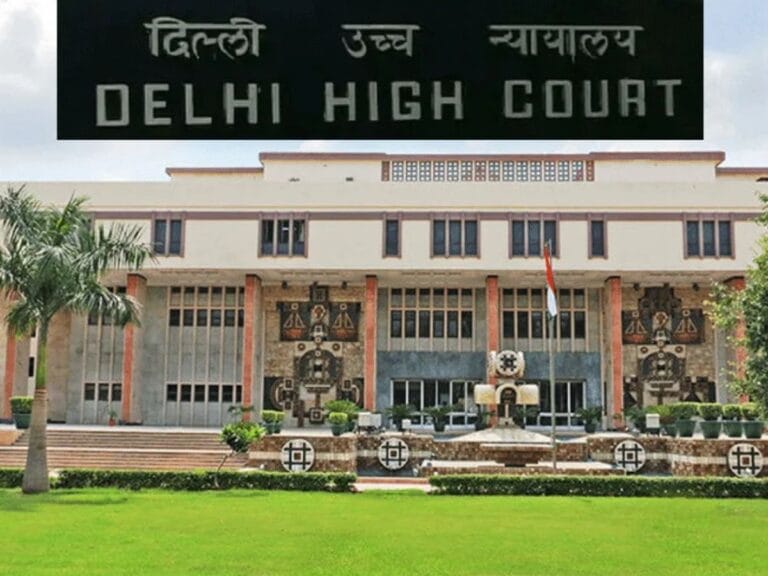
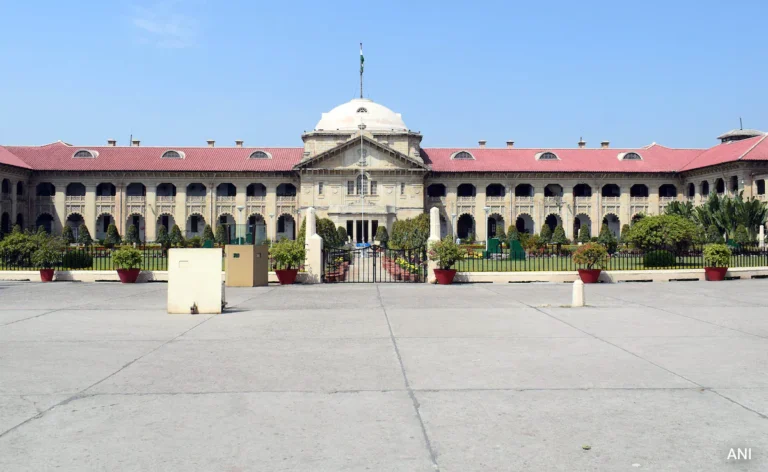
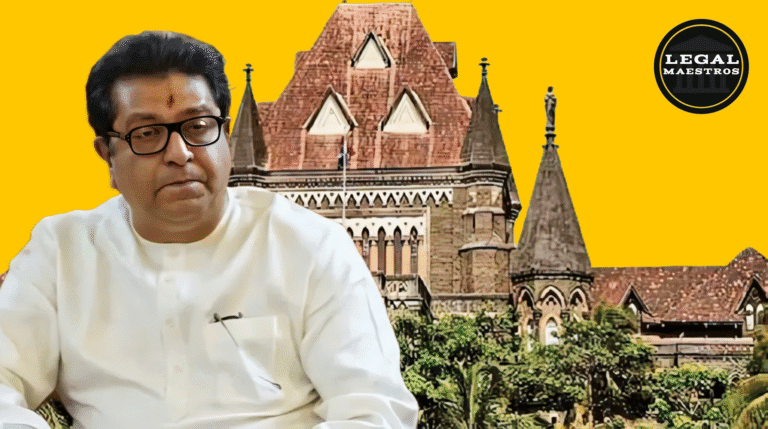

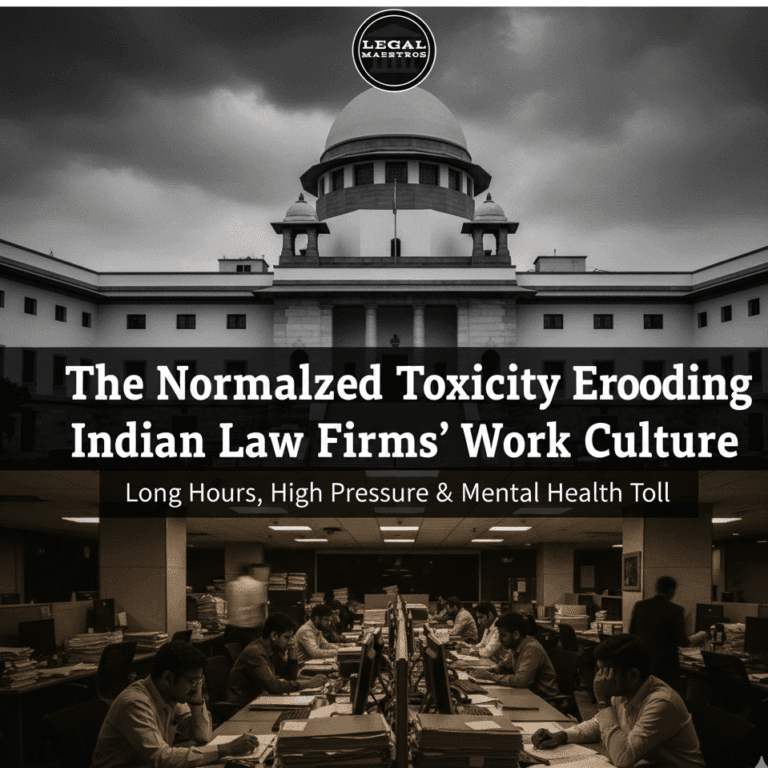
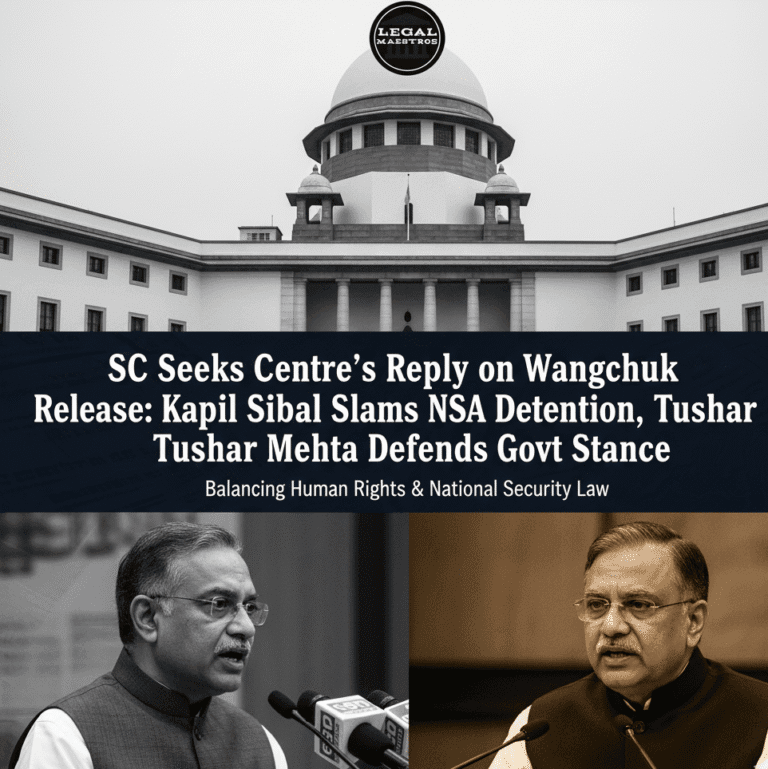
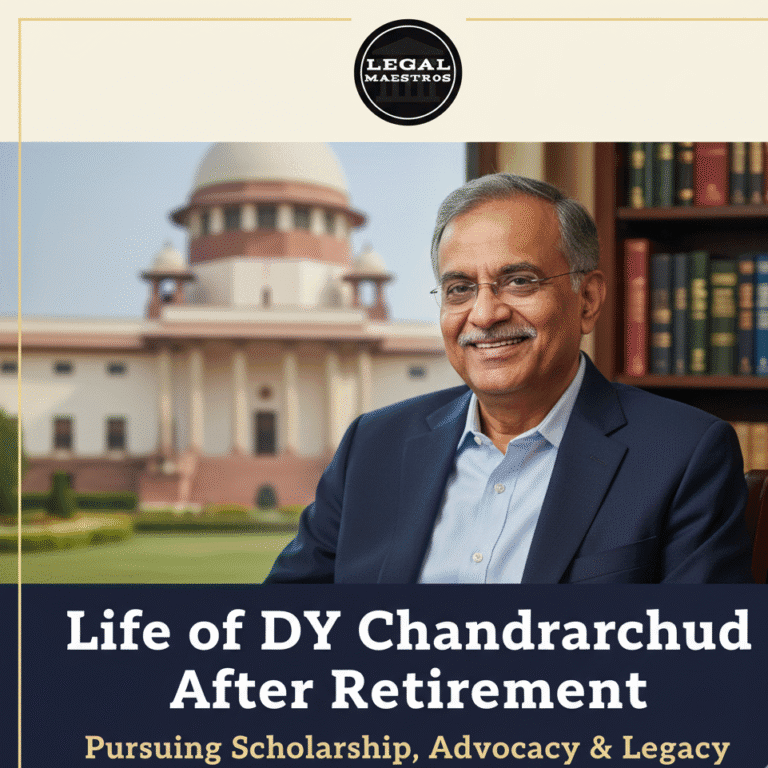
1 thought on “Madras High Court Issues Split Verdict on Animal Sacrifice Controversy at Thiruparankundram Hill”